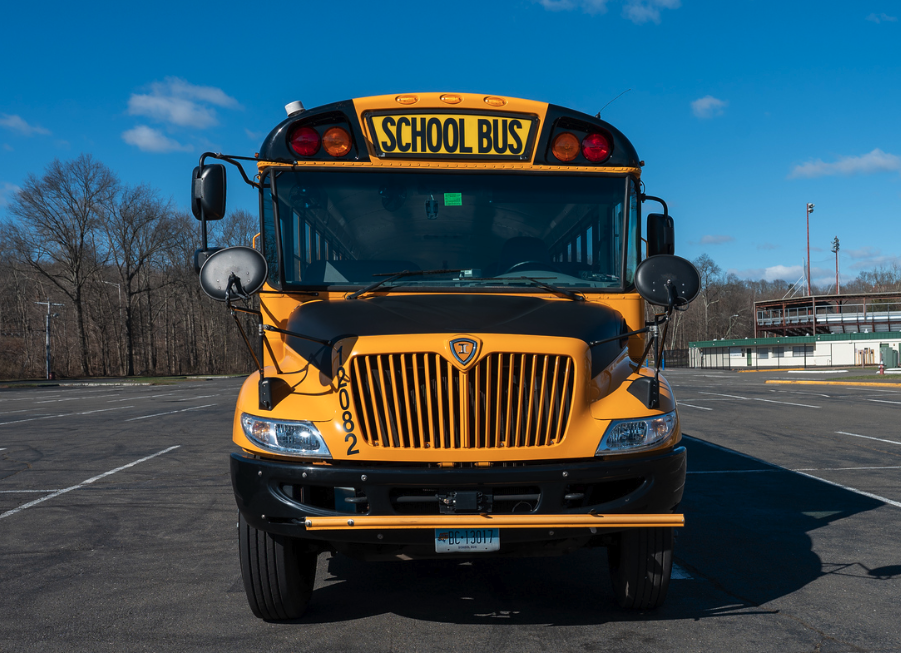Bus Safety: A Closer Look at School Bus Design
School buses are the safest mode of transportation for children. This is due in large part to their unique design features, which are specifically engineered to protect passengers in the event of a crash. Let’s dive into the safety measures built into school buses.
Design Differences
School buses are designed with safety in mind. Here are some key features:
- High Visibility: Bright colors, flashing lights, and stop-sign arms make school buses highly visible to other motorists.
- Protective Seating: Seats are designed to absorb energy and protect children during a crash.
- Rollover Protection: School buses have features to prevent rollovers and mitigate their impact if they do occur.
Compartmentalization: A Unique Safety Feature
Unlike passenger vehicles, school buses primarily rely on “compartmentalization” for occupant protection rather than seat belts. This means the interior of the bus is designed to create a protective space around children, with closely spaced seats and energy-absorbing seatbacks.
Why School Buses Are So Safe
The combination of design features makes school buses one of the safest modes of transportation available. Here’s a breakdown of why:
- Robust Construction: School buses are built to withstand high-impact collisions.
- Safety Features: Features like flashing lights, stop-sign arms, and protective seating enhance safety.
- Compartmentalization: This unique design provides excellent protection for children.
- Seat Belts: In smaller buses, seat belts offer additional safety.
While school buses are incredibly safe, it’s essential to remember that everyone has a role to play in ensuring children’s safety. Parents should teach their children about bus stop safety, and drivers should be aware of stop-arm laws and exercise caution around school buses. By working together, we can create a safer environment for our children.
